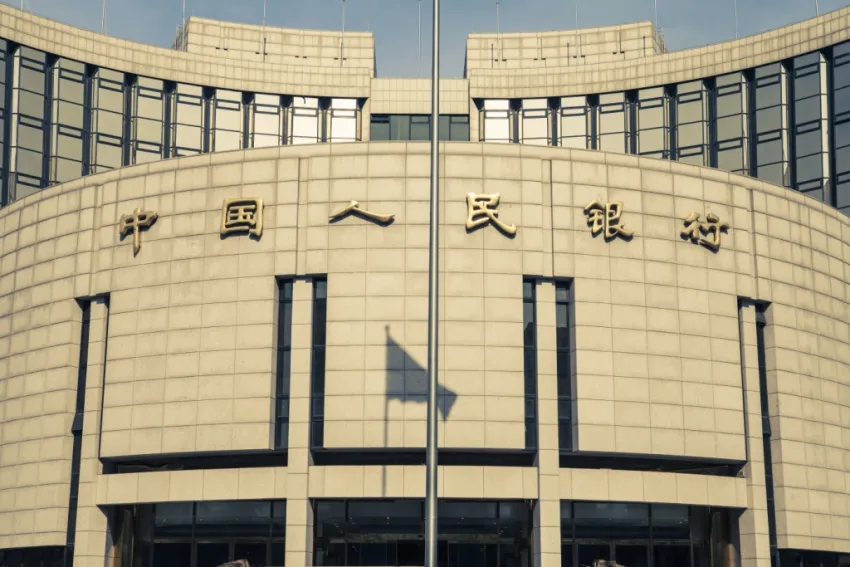
Chinese banks' money supply received boost from RRR cut
Net interest margins are poised to widen amidst more loans to deploy.
The People’s Bank of China’s (PBOC) overnight decision to lower the reserve requirement ratio (RRR) has freed up liquidity to curb the negative impact on money supply caused by Beijing’s widespread deleveraging campaign, according to UOB Kay Hian.
Although the central bank has kept the RRR flat for two consecutive years, using the RRR as a monetary tool has increasingly gained traction especially to curb the squeeze in liquidity as growth in money supply M2 has slowed to 8.8% YoY in March.
Every 0.1ppt cut in RRR would boost is estimated to boost money supply by 0.65% whilst every 0.15ppt cut in RRR would boost growth in money supply M2 by 1%, said analyst Jonathan Koh.
“Lowering benchmark interest rates is not appropriate as it does not change money supply and could communicate the wrong impression that the authorities lack commitment in combating financial risks. Hence, RRR has become the main tool to overcome the negative impact on money supply caused by deleveraging, including curbs on shadow banking,” Koh added.
Redeploying deposits freed up by cuts in RRR is also boosting banks’ net interest margin, which is a key measure of profitability. Loan yields were higher at 4.33% for ICBC, 4.31% for CCB, 4.28% for ABC and 3.93% for BOC during the second half of 2017.
Also read: Chinese banks may ramp up lending amidst $63.62b additional liquidity
The PBOC lowered the RRR for the first time in January and a second in April. The second cut allows banks to utilise $141.84b (Rmb900b) to repay medium-term lending facilities using the estimated $204.88b (Rmb1.3t) deposits that were freed up.




![Lorem Ipsum [ABF 1]](https://cmg-qa.s3.ap-southeast-1.amazonaws.com/s3fs-public/styles/exclusive_featured_article/public/2025-03/a_hand_pointing_to_a_futuristic_technology_5b87c9d0e3_1.png.webp?itok=2w0y1WhS)


![Cross Domain [Manu + SBR + ABF + ABR + FMCG + HBR + ]](https://cmg-qa.s3.ap-southeast-1.amazonaws.com/s3fs-public/styles/exclusive_featured_article/public/2025-01/earth-3537401_1920_4.jpg.webp?itok=WaRpTJwE)







 Advertise
Advertise

